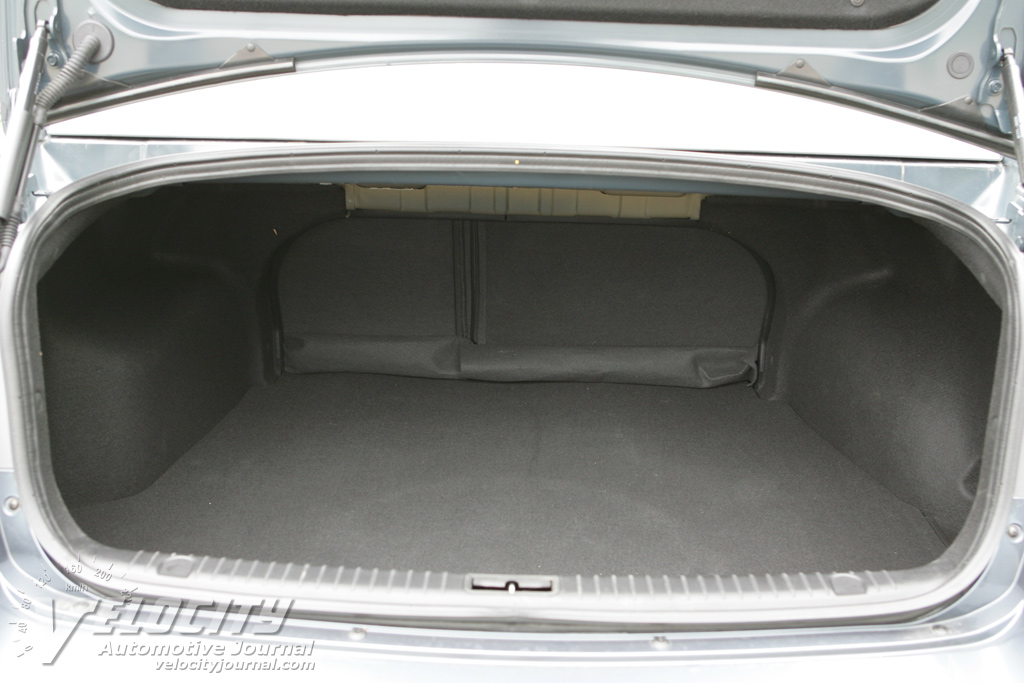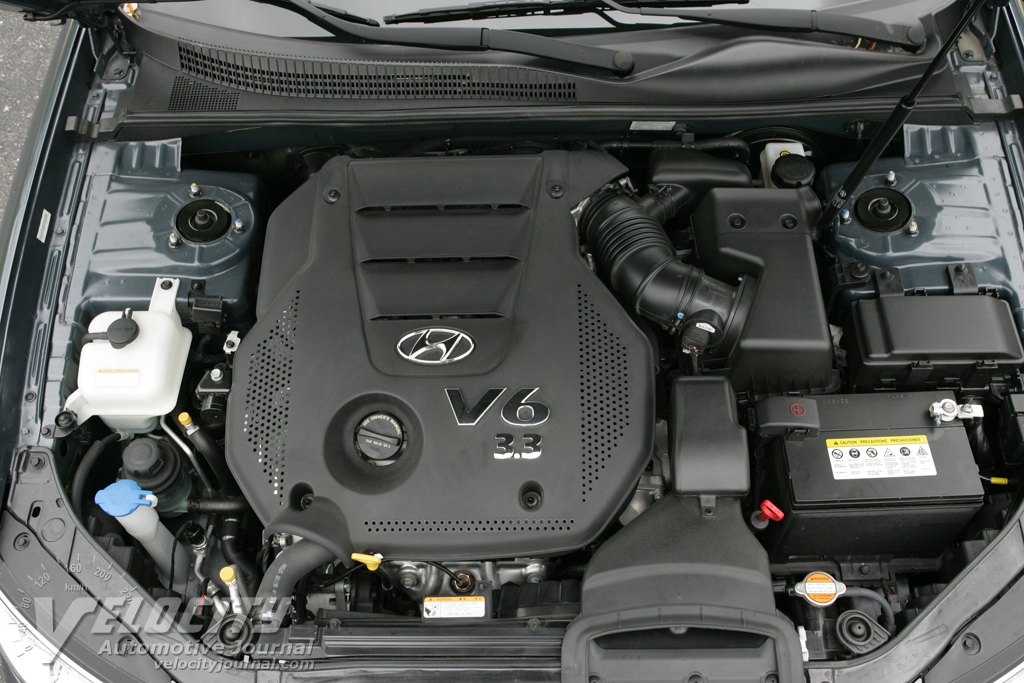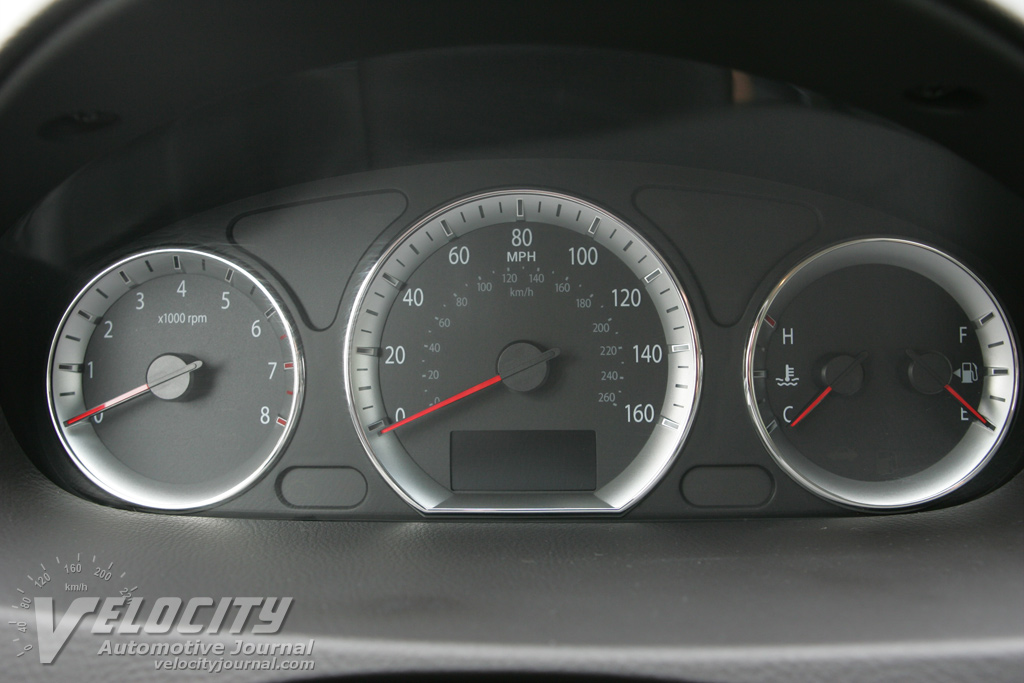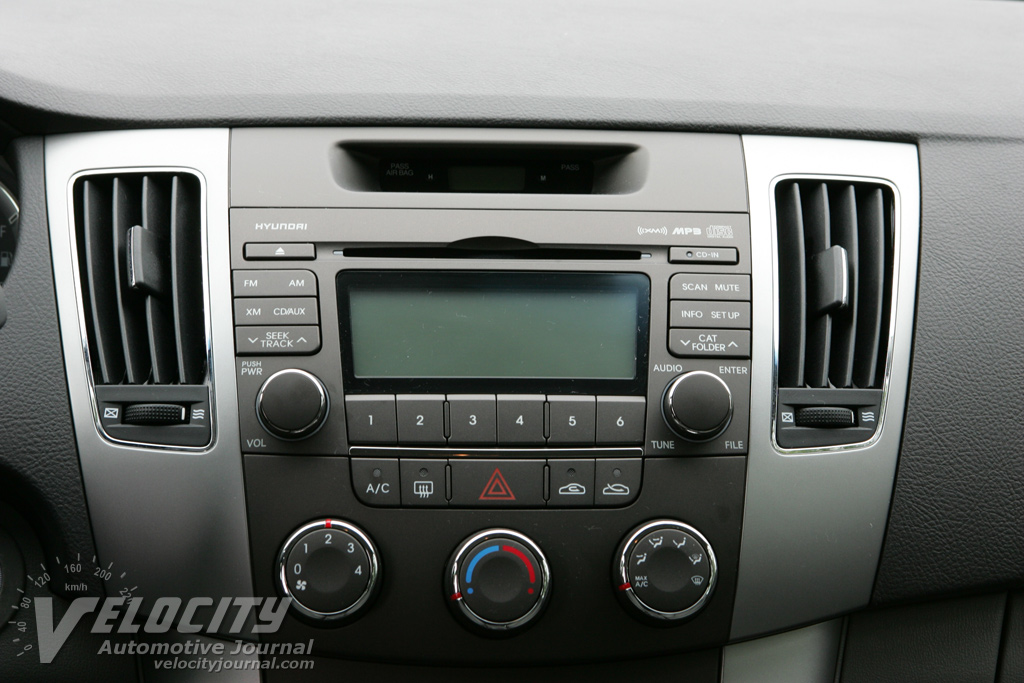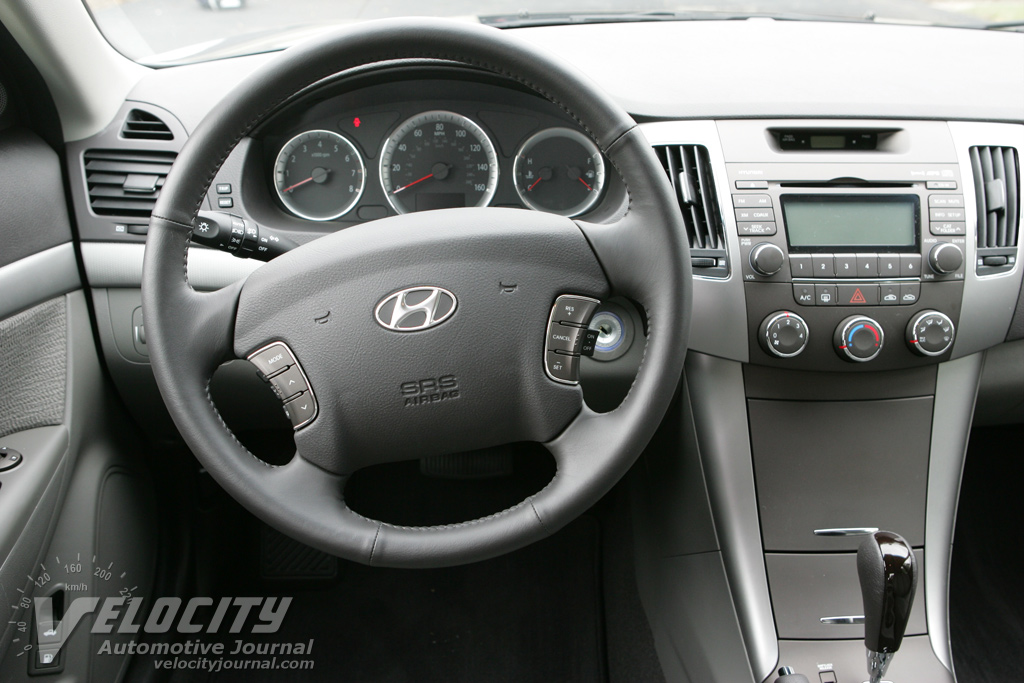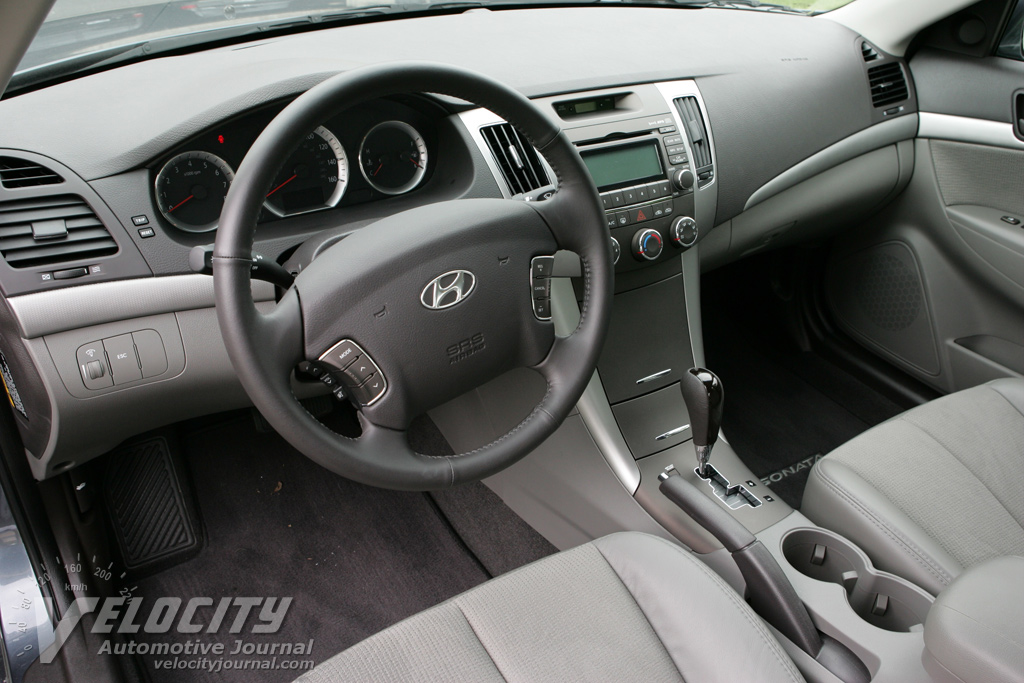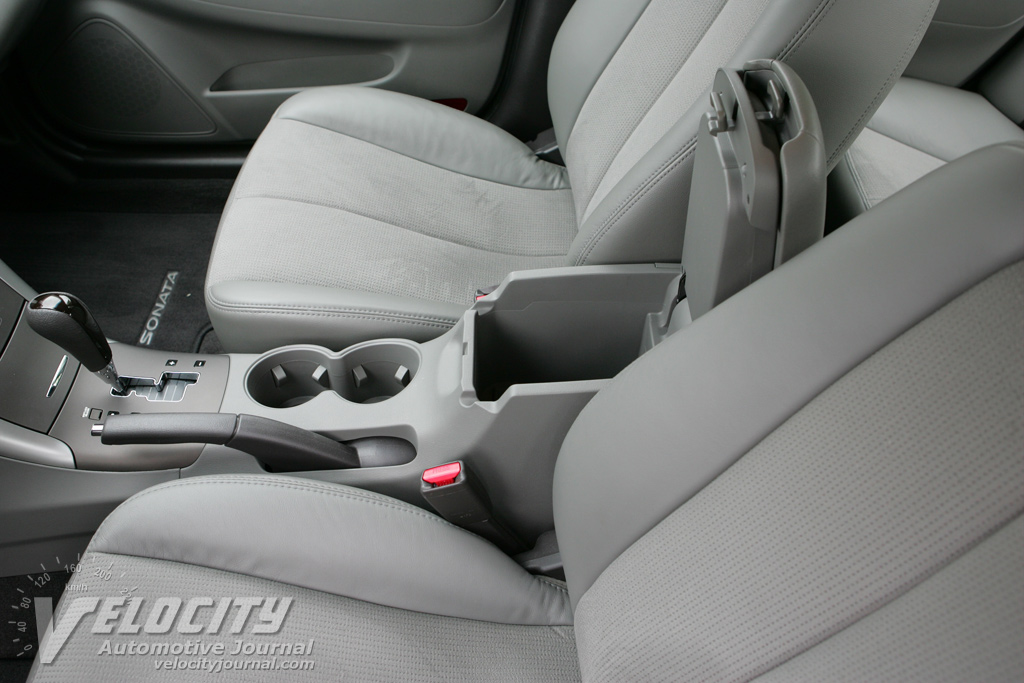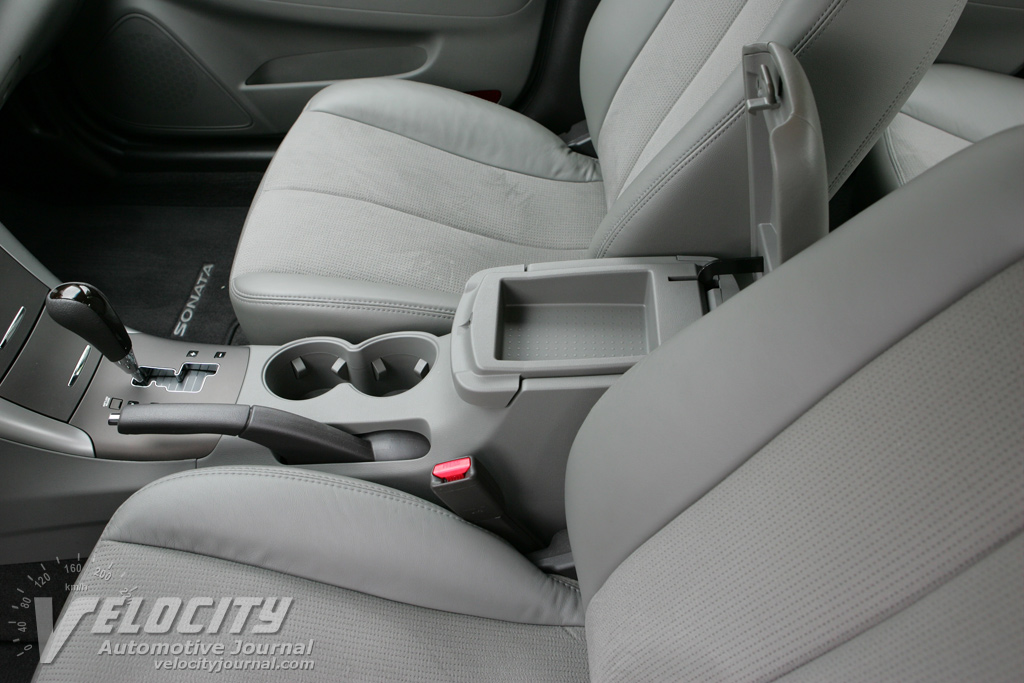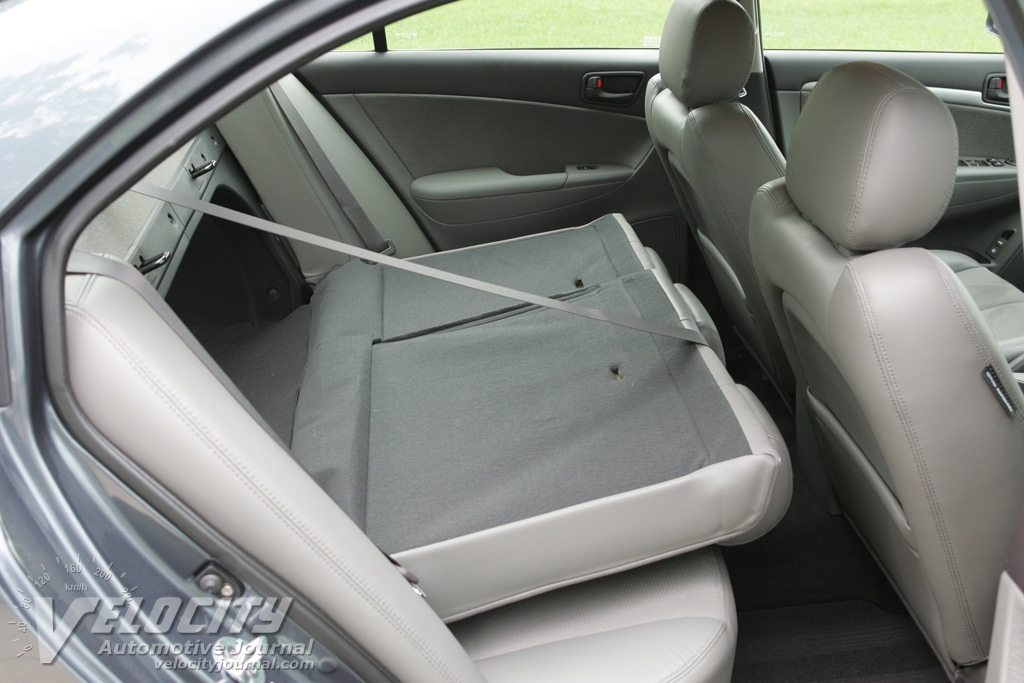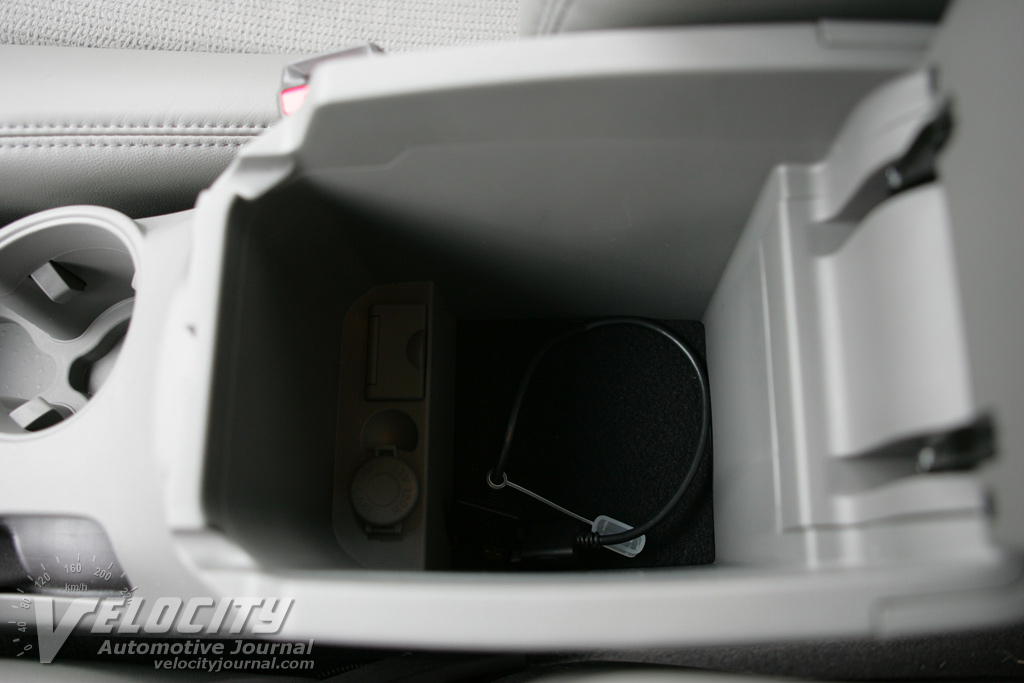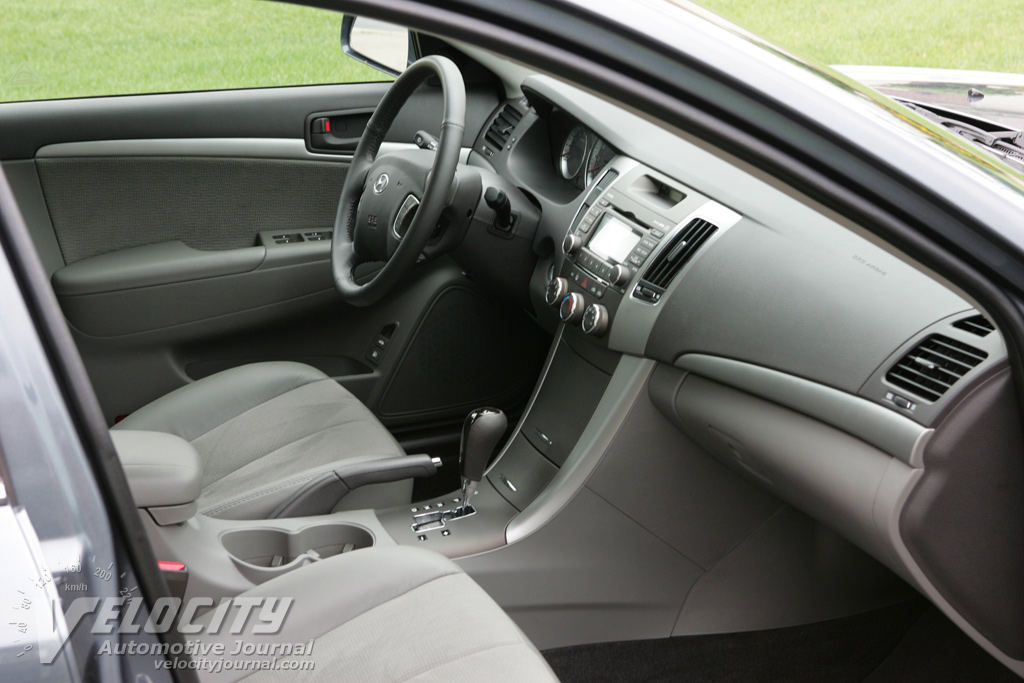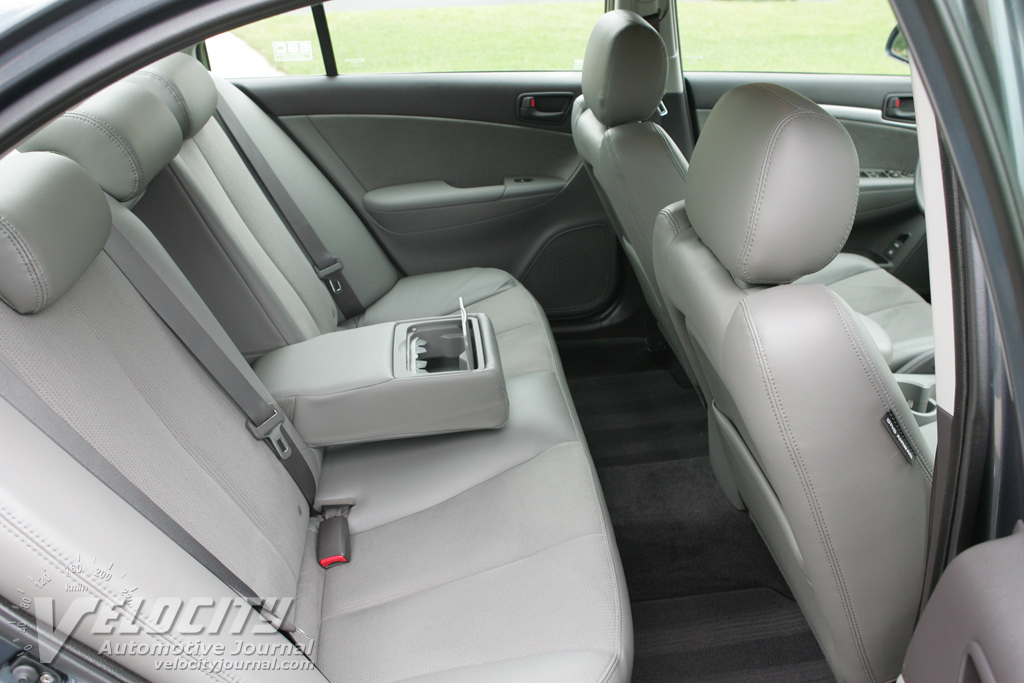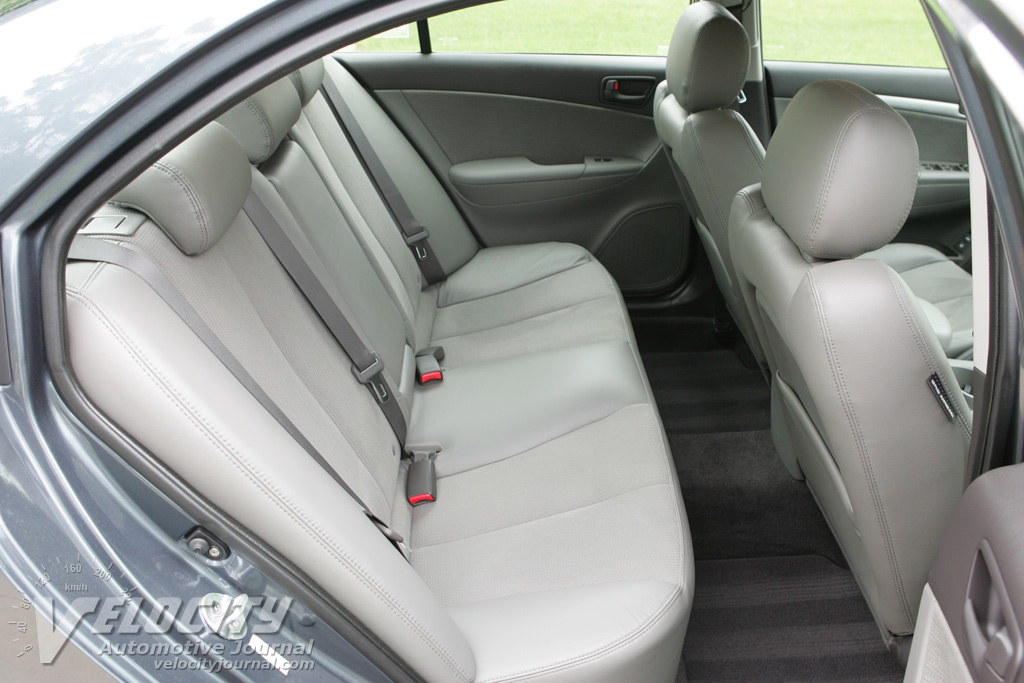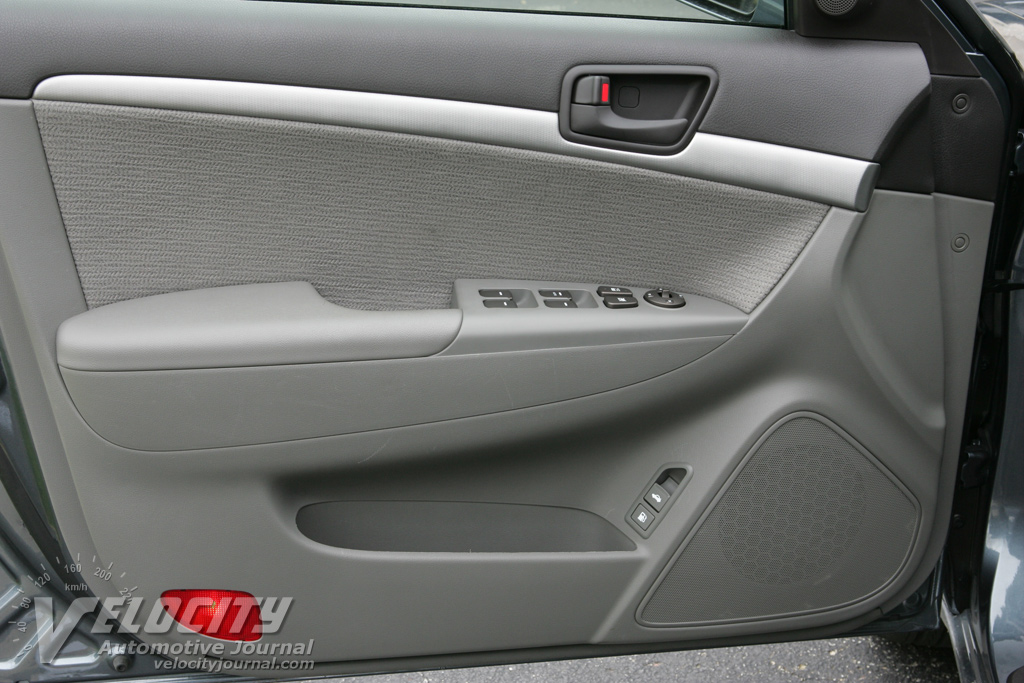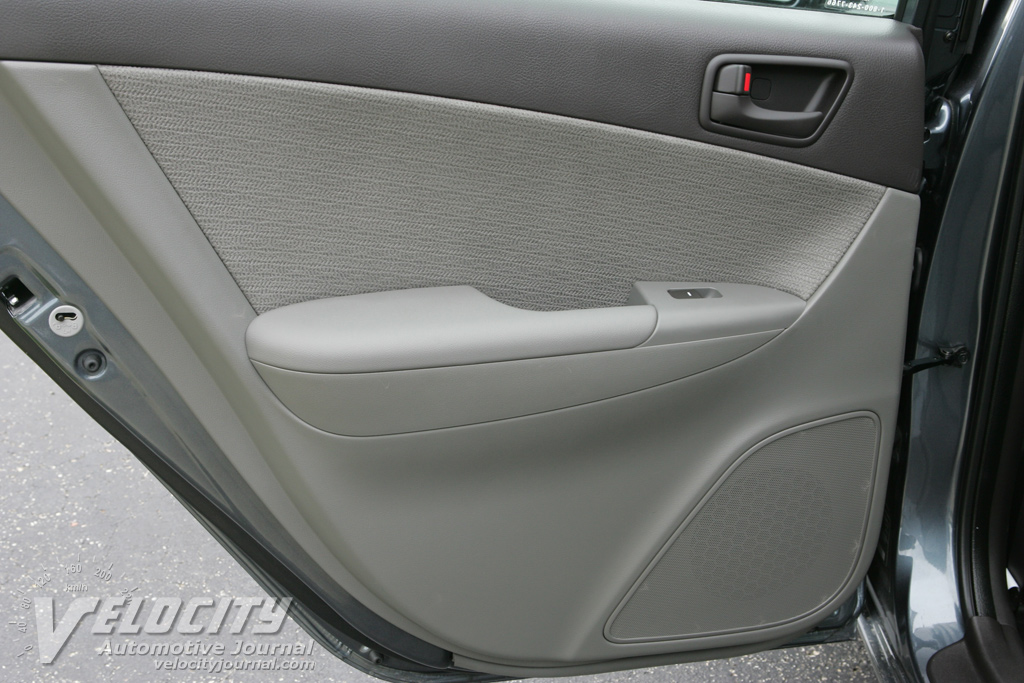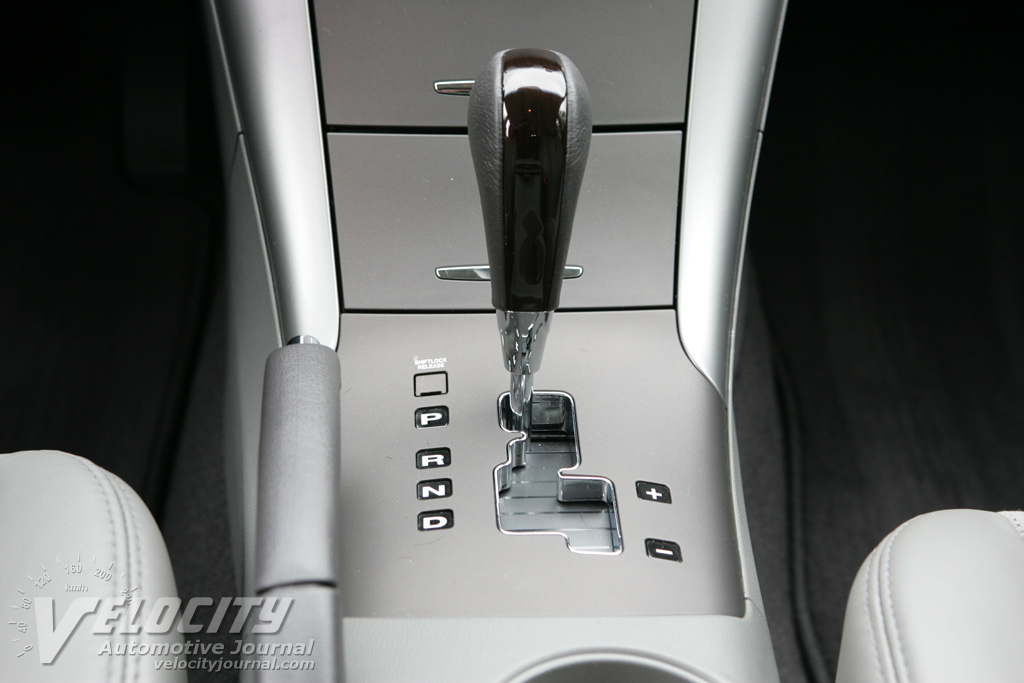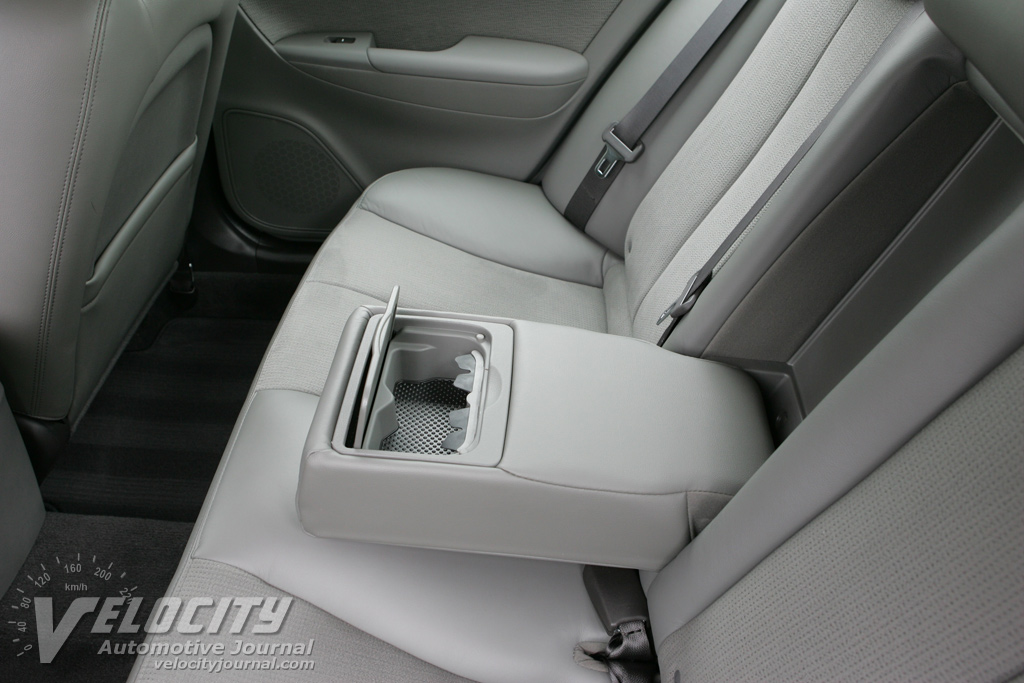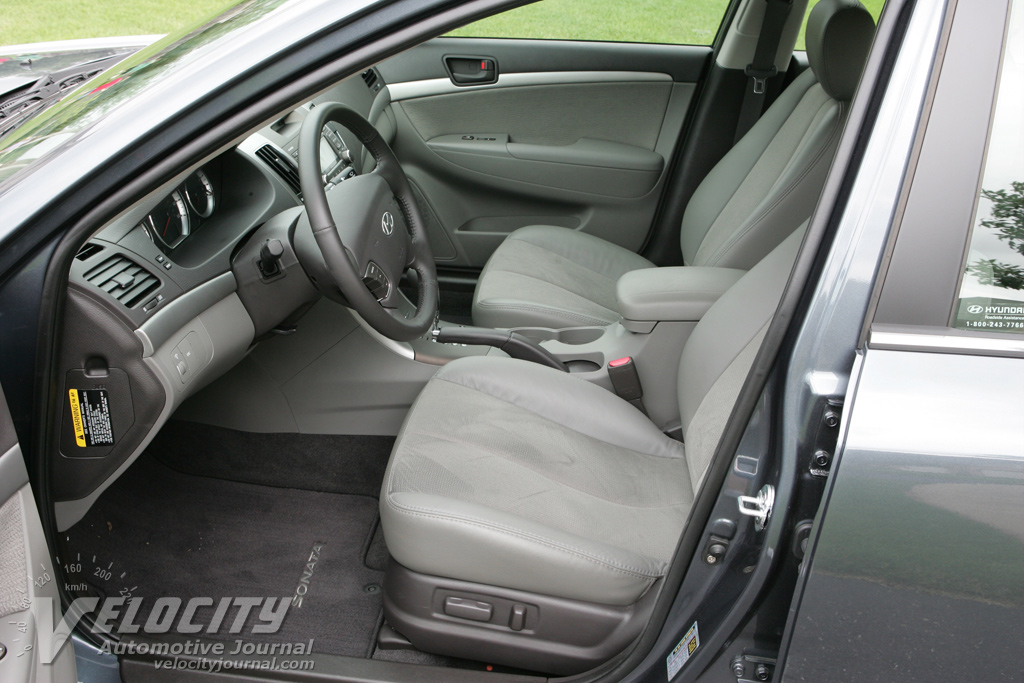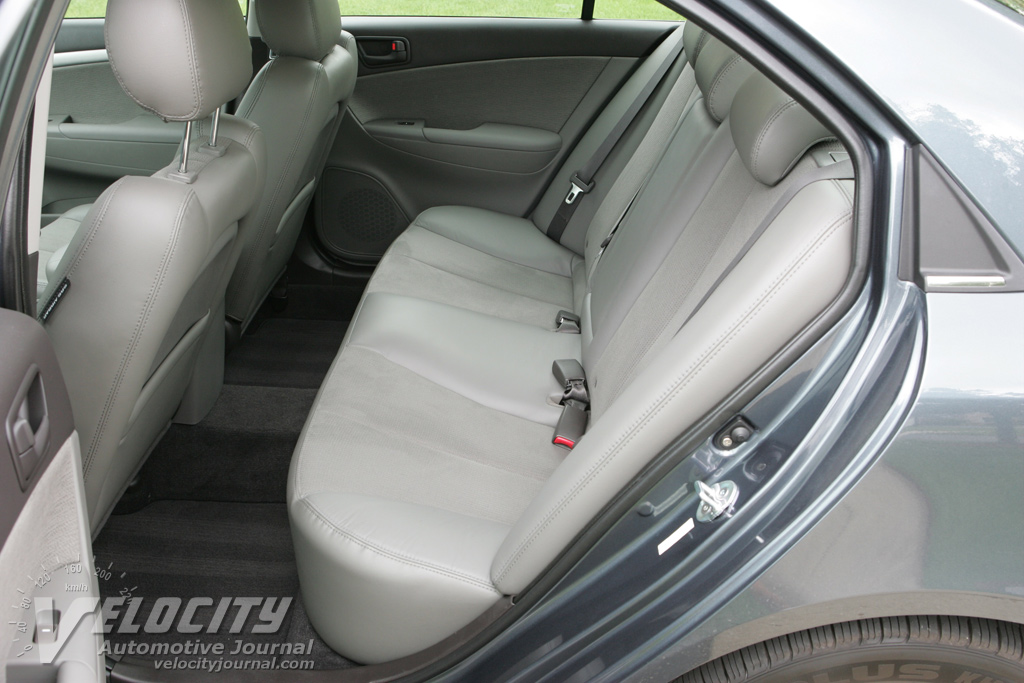2009 Hyundai Sonata SE V6
07/14/2008
Greg A. Godsell
The mid-sized sedan segment is one of the most hotly contested in the industry. For proof, one needs look no further than the Hyundai Sonata. Although the Sonata leads its class in a number of key areas, it remains a slow seller compared to the impressive sales volume turned in by the best-selling Toyota Camry.
The Sonata was all-new in 2006, and appeared to have the right combination of size, value and styling to appeal to the notably conservative buyers in the segment. While sales have steadily increased, the Sonata falls short of the sales numbers of the Toyota Camry, Honda Accord, and to a lesser extent, the Nissan Altima. The lackluster sales have had less to do with the product than the overall competitiveness of this segment. Hyundai updated the Sonata for 2009 to increase its appeal by making numerous styling and powertrain refinements.
Hyundai offers the Sonata in three trim levels: GLS ($18,120), SE ($20,520), and Limited ($23,970), with either a 2.4-liter four-cylinder or a 3.3-liter V6. Depending on the model, the V6 upgrade adds $2000-$3000 to the sticker. Four-cylinder GLS and SE models can be equipped with a five-speed manual, but all other models include a five-speed automatic transmission.
All trim levels share common equipment like keyless entry, power windows/locks, air conditioning and an excellent audio system. They mainly differ in upholstery, wheels, and tires. The entry-level GLS has cloth seats and steel wheels with wheel covers; the mid-grade SE model adds alloy wheels with performance tires and cloth seats with leather bolsters. Only the Sonata Limited gets full leather seats. The Limited model also adds a sunroof and an upgraded audio system with a 6-disc changer. Our test model was a Sonata SE V6 with a base price of $23,170; the only option was carpeted floor mats for an additional $90.
Detailed comparison of affordable midsize sedans can be a daunting task, but the Sonata stacks up well against the competition. Our Sonata SE V6, ($23,170) compares favorably to the Toyota Camry LE ($23,790), or the Honda Accord EX V6 ($25,960). Only the Ford Fusion V6 SE ($22,080) offers a better base price with similar equipment. In its class, the Hyundai has the most legroom, largest trunk, best fuel economy, and the longest warranty. Customers who replace cars frequently may note that the Sonata fails to equal the Camry's high residual values. The predicted reliability of the Sonata falls just short of the class-leading Honda, but equals that of the Camry, and includes a significantly more generous warranty.
The updates for the 2009 Sonata include restrained and tasteful styling throughout. The upper dash and door panels, along with the floor and scuff-prone areas are finished in darker, contrasting colors to hide dirt and wear. Soft-touch materials are used on the dash where appropriate. Metallic-trim is employed sparingly for styling accents, and is not used on the center stack or other high wear areas. The tachometer, speedometer, fuel level, and temperature gauges are clearly legible; at night, the instrumentation has white backlighting, while the audio system and most other controls are blue. The audio system has a large display that is easy to read day or night.
There are plenty of storage areas with two cubbyholes on the center stack, and a large bin under the center console armrest. A12V power point, USB port and auxiliary audio input hide in the center console. This is a convenient way to bring along music players without cluttering up the interior or tempting thieves. The front doors contain shallow map pockets, but will not hold a water bottle or thermos; the rear doors lack storage pockets. Although the door armrest is softly upholstered, drivers who like to ride with their arm on the window will find the top of the door panel uncomfortable.
Typical in the class, the Sonata seats five. The driver's seat is an 8-way power adjustable seat with manual lumbar; the passenger seat is manually adjustable with no lumbar. The seat upholstery for this mid-grade model was unusual: cloth with leather bolsters. We found the cloth seats to be a bit flat and spongy. Unfortunately, the only way to upgrade to leather seats is to choose the range-topping Sonata Limited for an additional $2500. Rear seat occupants have ample headroom and legroom and will appreciate the folding center armrest with two cup holders. According to EPA measurements, the Sonata is one of the roomiest cars in its class.
Another highlight of the Sonata is its generous trunk. Hyundai rates the trunk at 16.3 cubic feet, which is larger than other midsize sedans. Our informal calculations suggest that the trunk is significantly larger than specified. There is enough storage room in the trunk to rival small SUVs, and the rear seats fold down to extend the cargo area into the back seat. The Sonata deserves high marks for utility.
Under the hood is a 3.3-liter V6 with continuously variable valve timing. The engine is rated at 249 horsepower, and 229 lb-ft of torque, which is more than adequate power to pass and merge with ease. Hyundai's transmissions are tuned for comfort and economy resulting in slow and hesitant shifting. For more aggressive shifting, the five-speed automatic has a manual mode for selecting and holding gears. The benefit of the conservative transmission calibration is fuel economy. While our city mileage was an unimpressive 18 MPG, we easily managed 31 MPG on the highway. The highway mileage was sufficient to achieve a comfortable 500-mile range on the interstate. The EPA estimates mileage at 19 city/29 highway putting the Sonata SE at the top of its class for a non-hybrid V6.
With fully independent suspension and a rigid chassis, the Sonata has the underpinnings for above average handling. The ride is quiet and confident; the Sonata remains composed on the highway. The steering is somewhat over-assisted, but not something that most buyers will complain about. There is noticeable body roll when driven aggressively, but the set up works well for how most people drive their cars. Overall, ride and handling are best described as comfortable.
The Sonata SE looks sporty with its dual exhaust tips and alloy wheels. The engine is strong and responsive, but the Sonata is set up for comfort and fuel economy. This may not be the sedan for aggressive commuters, but its ability to haul people and cargo makes the Sonata an ideal choice for just about everyone else in the market. Hyundai's competitive pricing and the Sonata's long list of standard equipment only add to the appeal. For those shopping Accord and Camry, the Sonata belongs on your short list.

